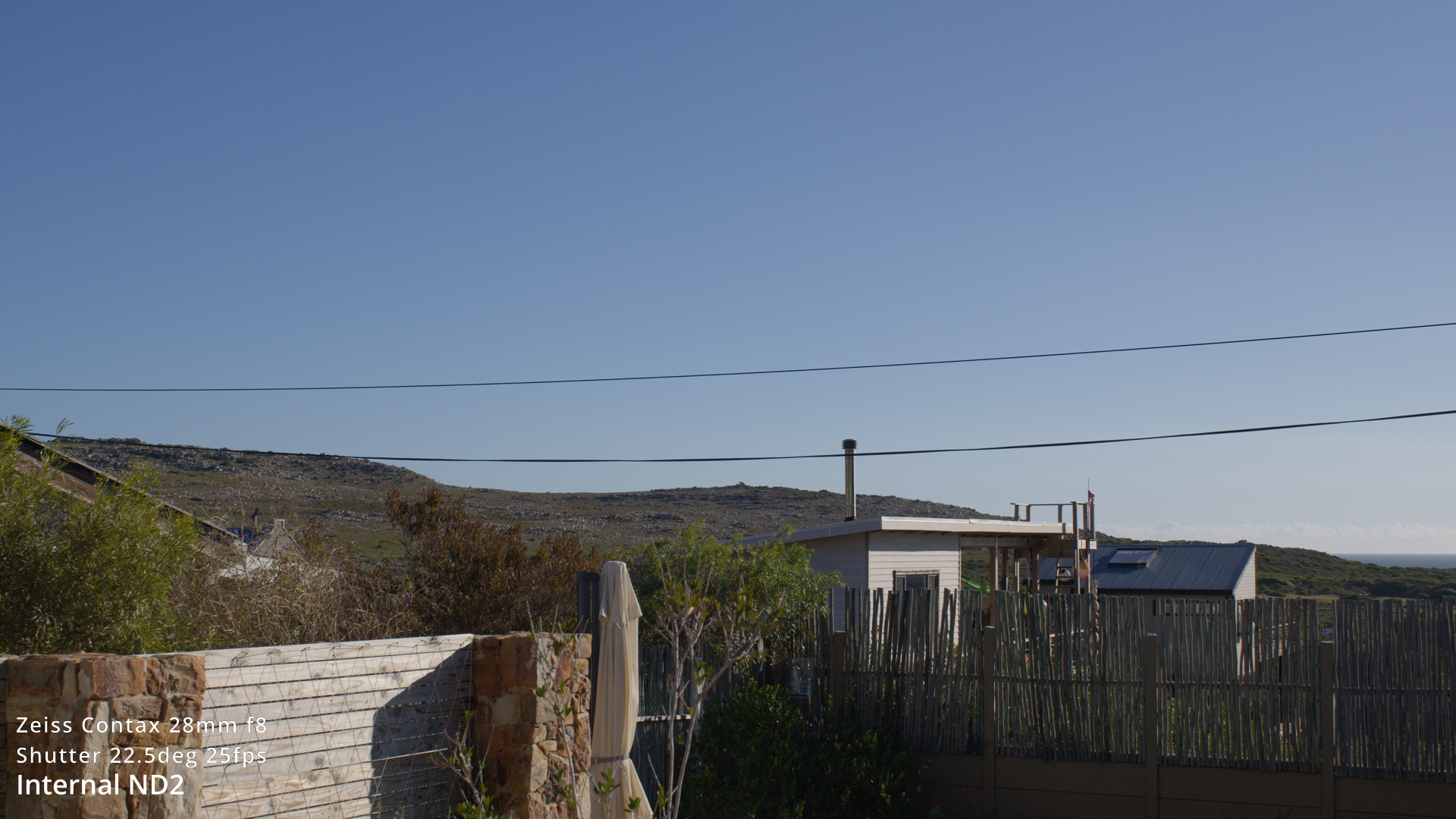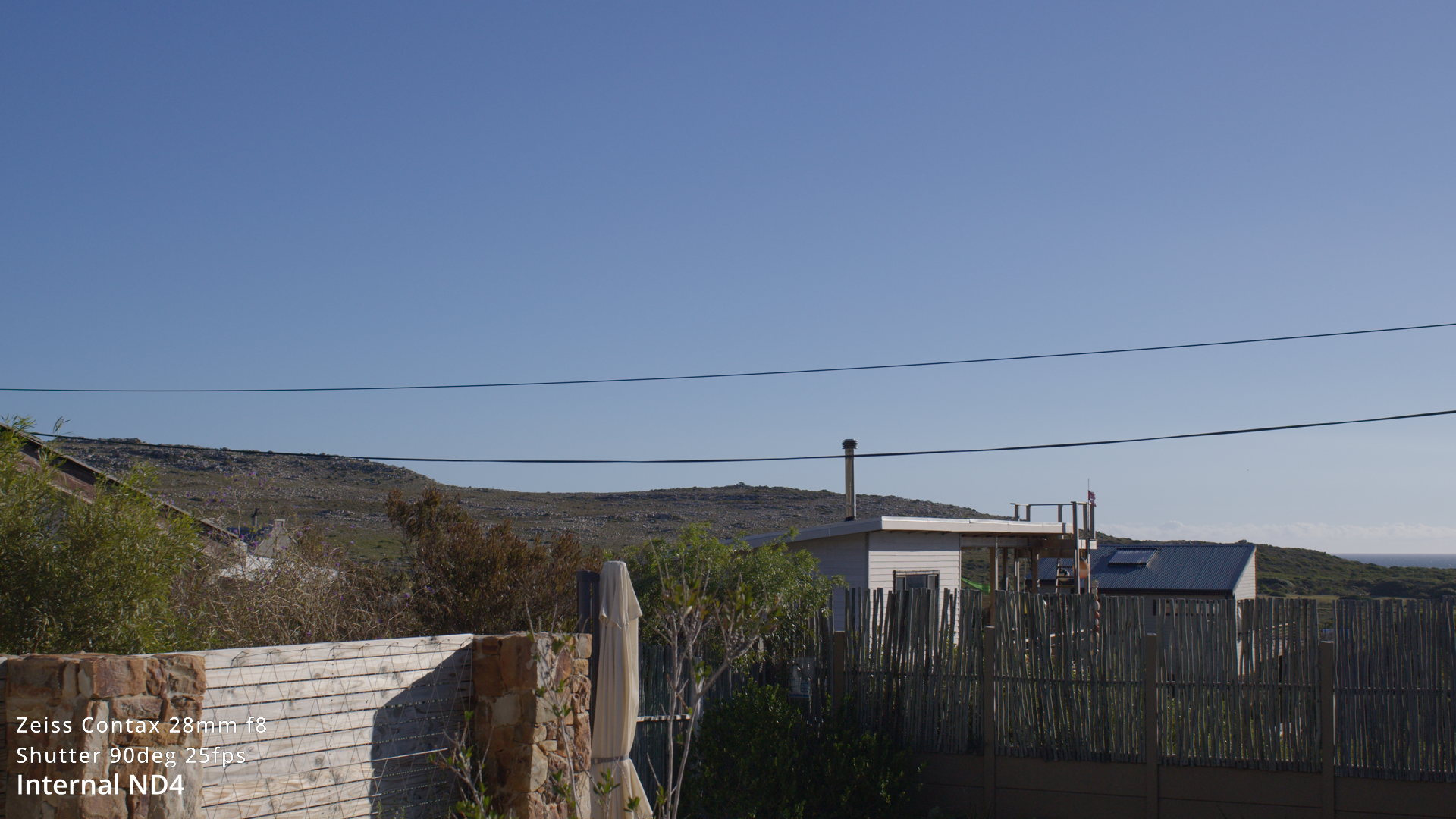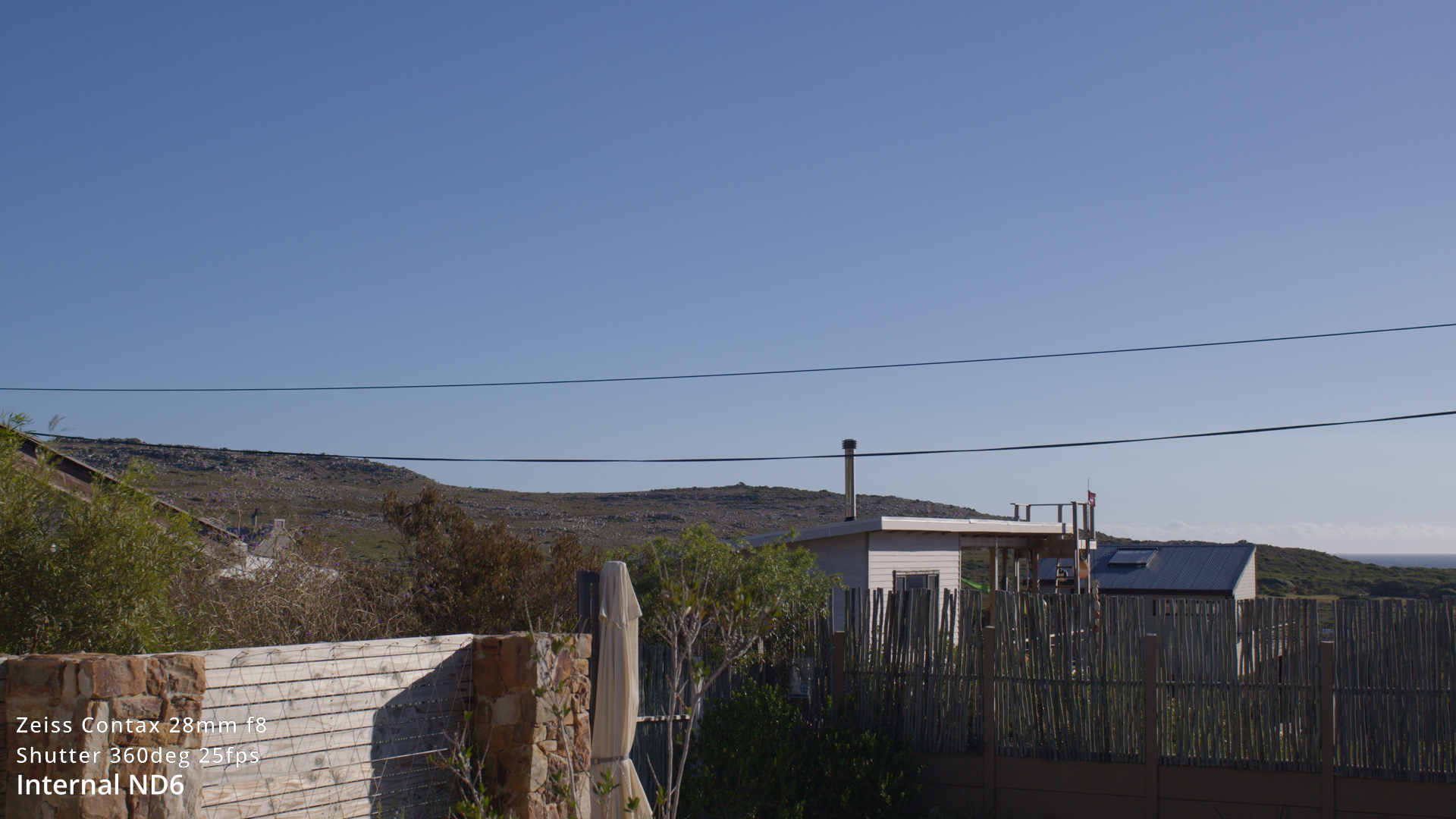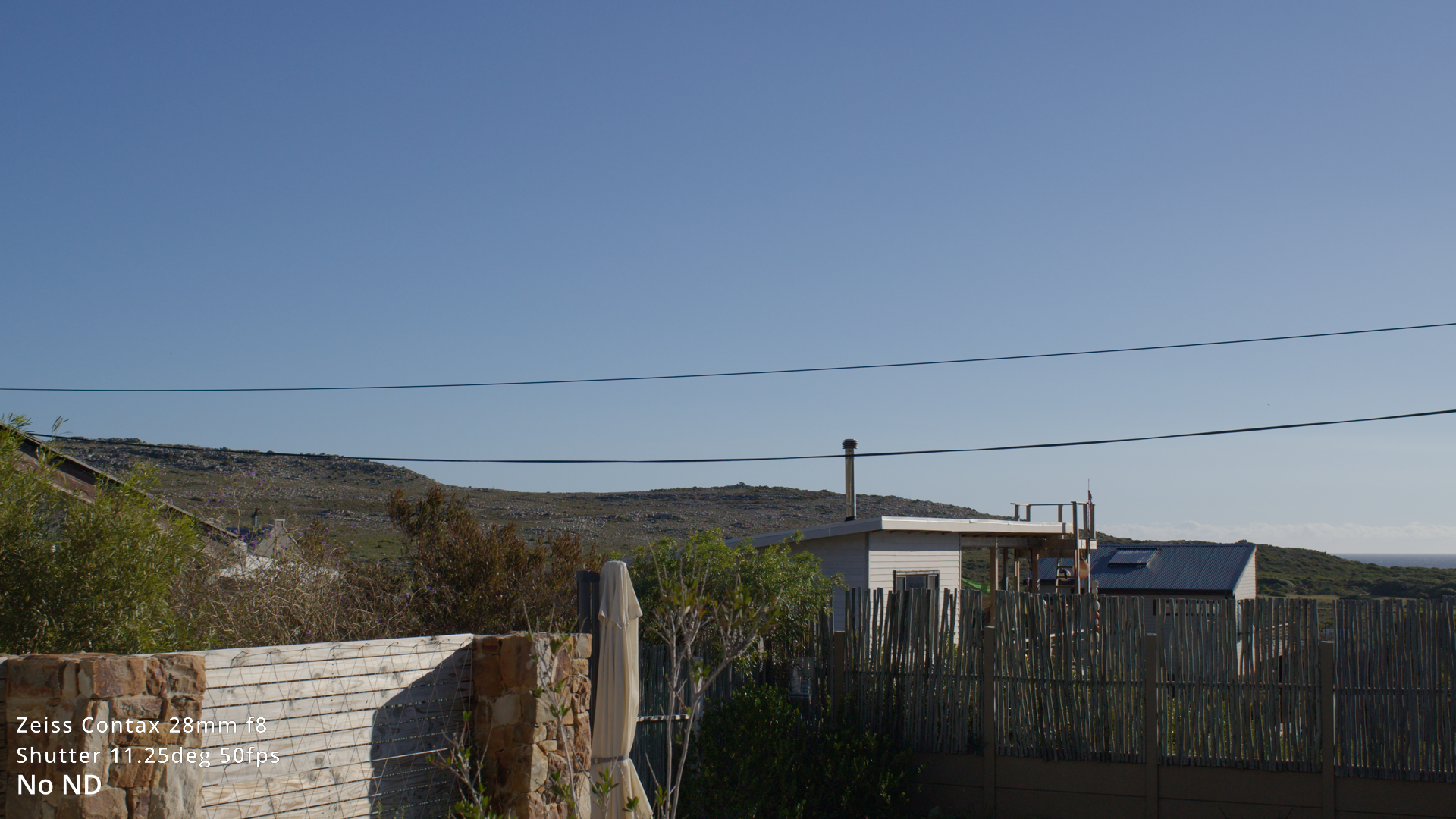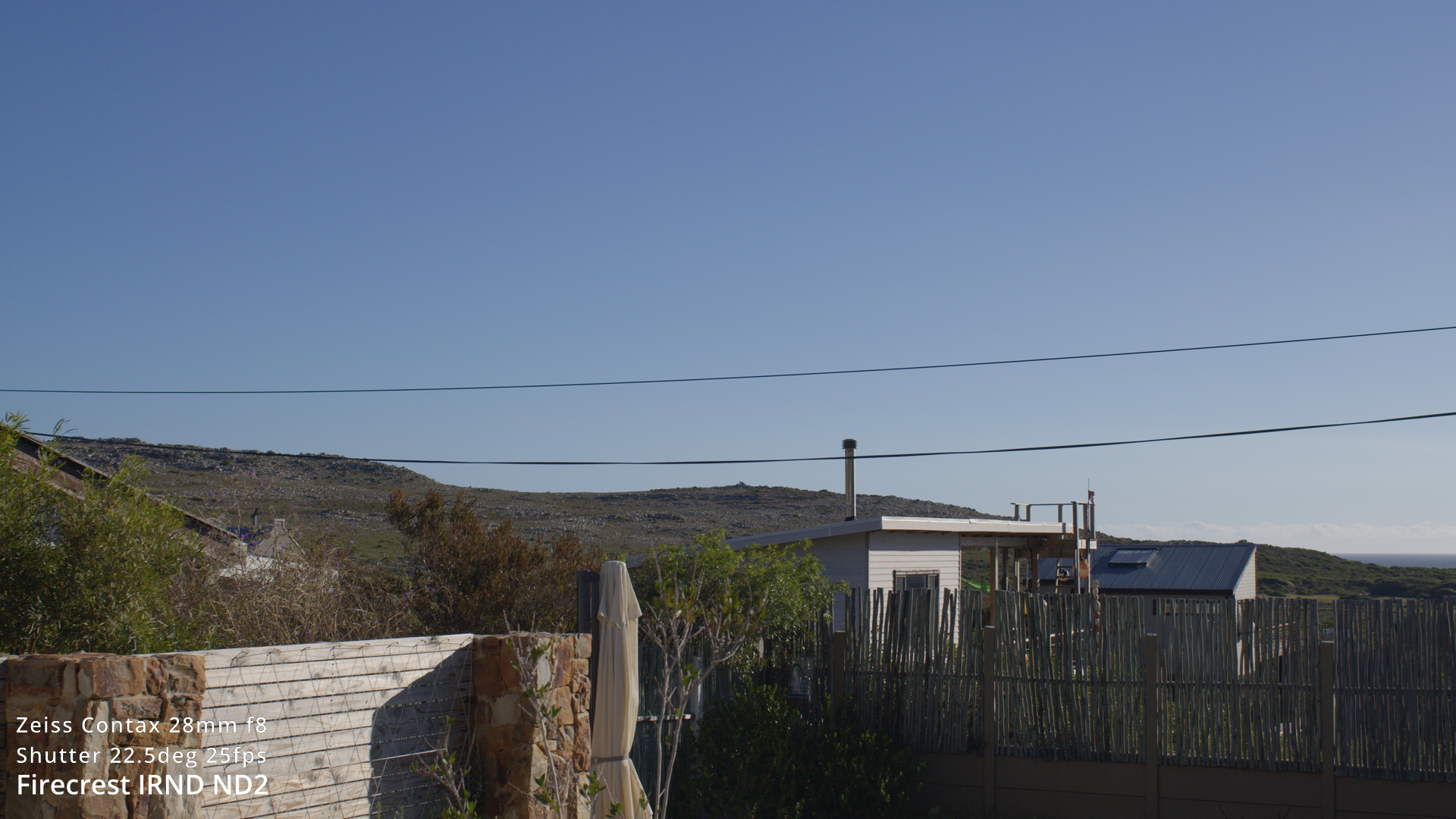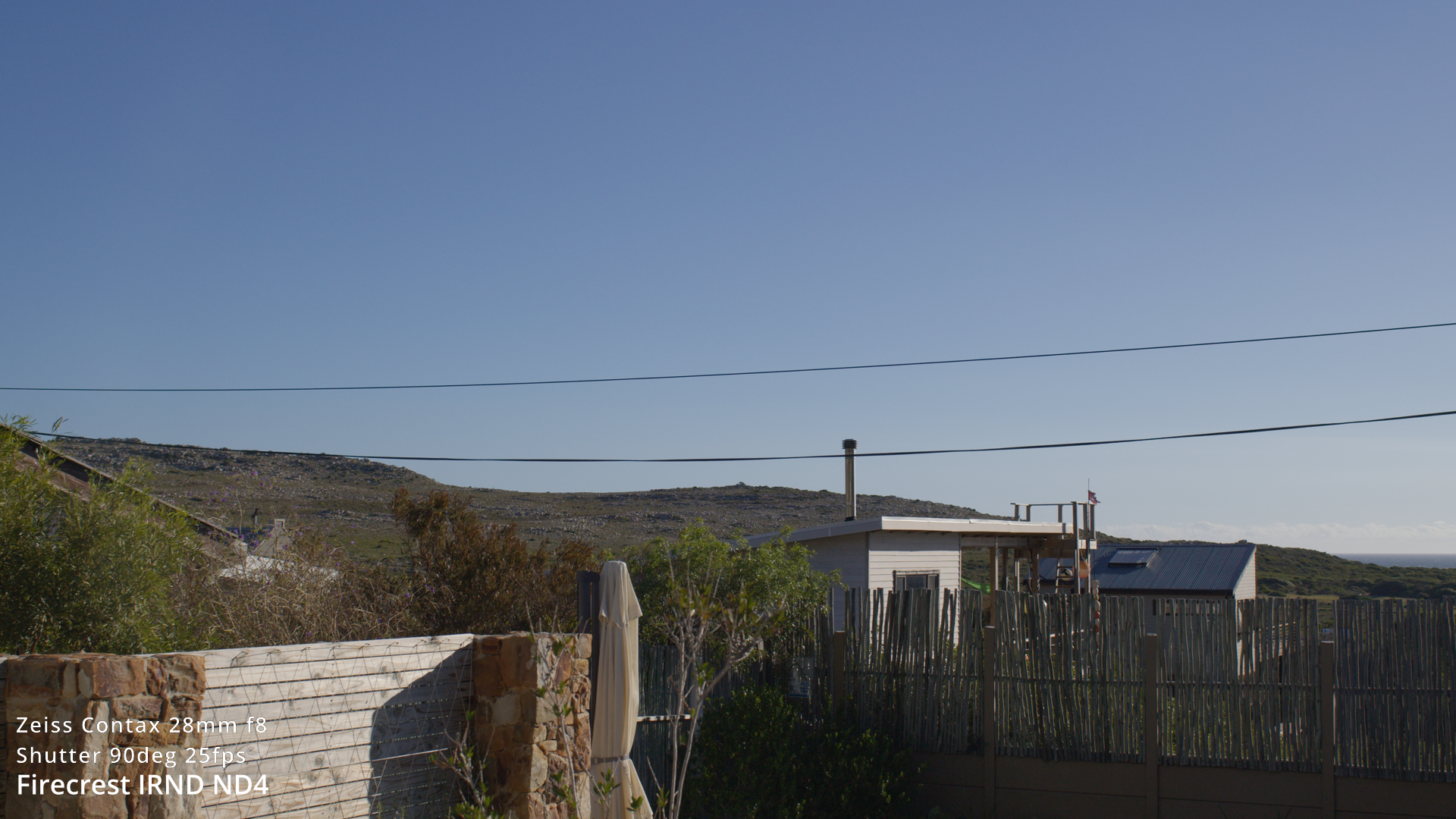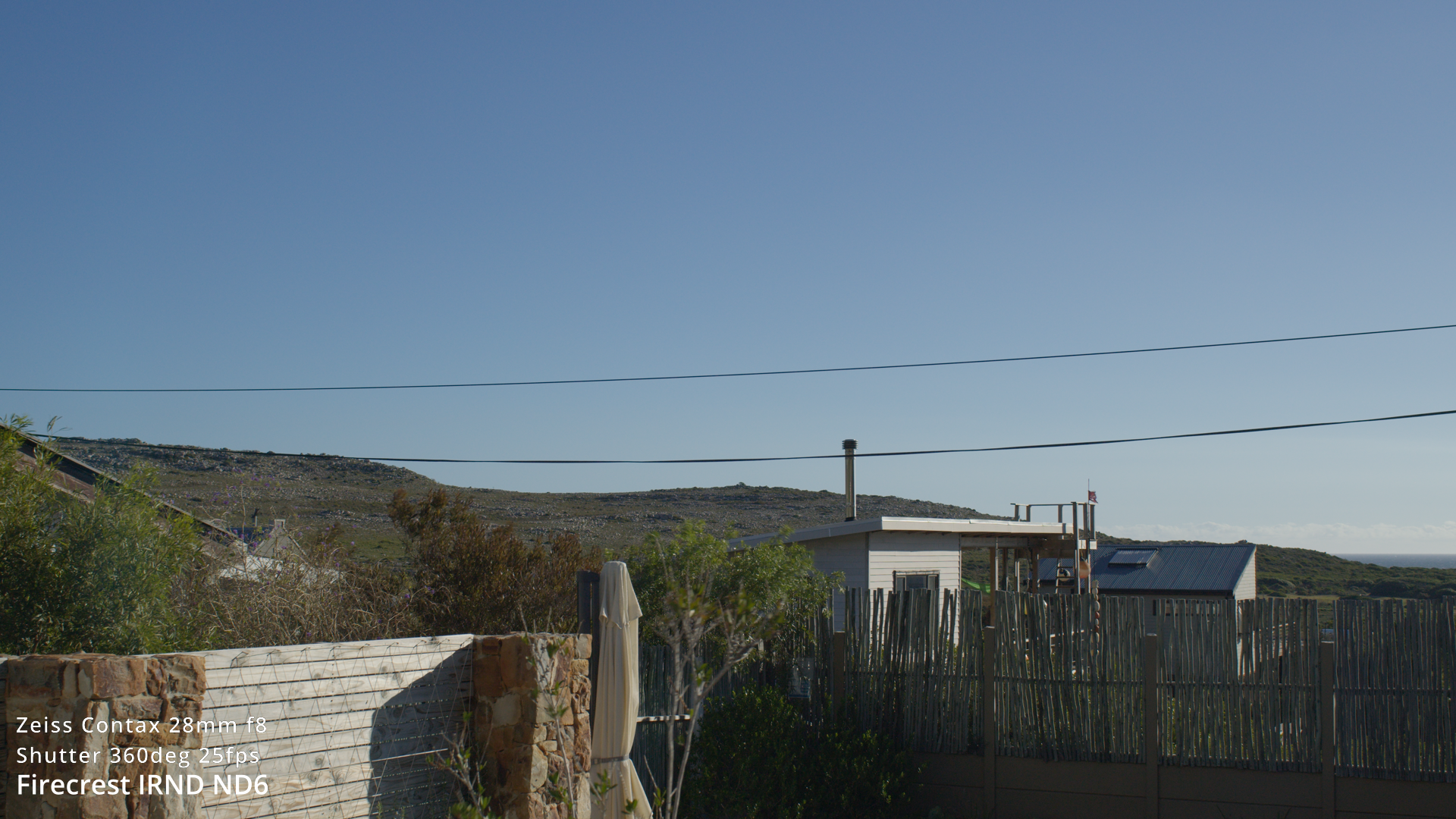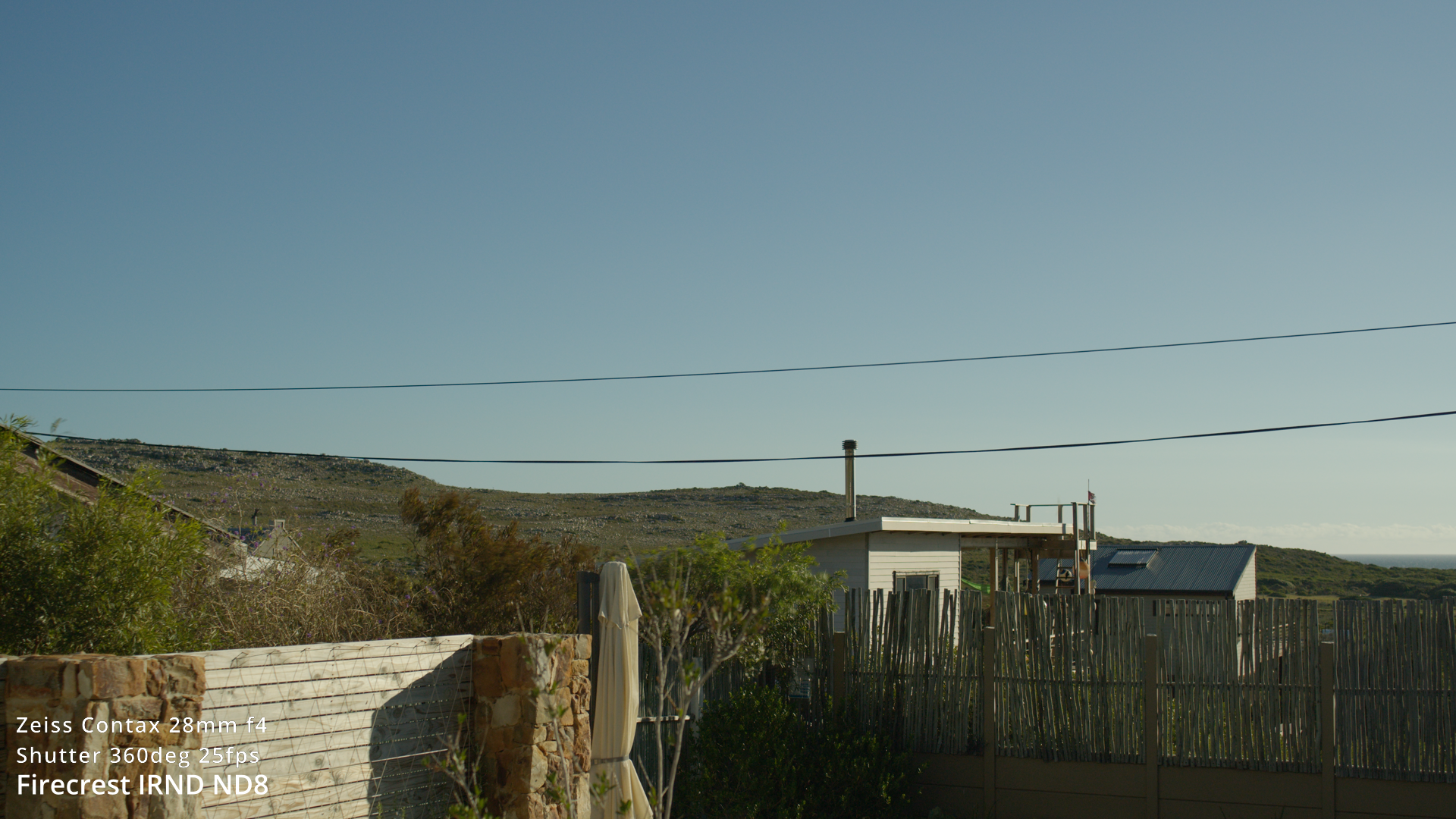Film stock is NOT sensitive to IR in the same way that digital sensors are.
ND filters didn't have to filter for IR, because IR wasn't a problem when shooting on film.
If you wanted to "see" IR on film, you actually had to shoot IR sensitised film AND generally use filters that ironically, are just like the very heavy ND's that are causing the IR to show up on Digital cameras today.
https://www.aerochrome.shop/product-pag ... rared-filmand you still need to generally use one of these when shooting film if you want to "see" IR show up.
https://hoyafilter.com/product/r72_infrared/When shooting Infrared on film cameras, the lens makers used to have a different witness mark on the lens because you CAN'T SEE INFRARED and the shorter wavelengths could mean your shot was out of focus without the manual correction.
In other words the visible focus must be OUT for the infra red part to be IN FOCUS.
https://www.lifepixel.com/infrared-phot ... r-focusingAnyhow, digital cameras see IR, film cameras do not unless you load IR sensitive film AND you filter for it in some way.
Now....we can't SEE infra red. We're bad at it.
There's no easy way to light meter for it as well. You can stand outside on a cloudy day or a sunny day and depending on the time of the day and cloud cover there could be a lot of infra red, or very little infra red and your light meter will tell you the EXACT same exposure. Your false colour says the same exposure. Your histogram will be the same. None of these tools register the AMOUNT of infra red.
What use to happen is that in the early days of digital camera, we'd use the same film era ND filters we're all used to using. Except, hey wow, the cameras all of a sudden a lot more sensitive! High speed film stock USED to be ISO / EI 500. Most daylight scenes where shot with ISO / EI 50 stock and that was in the last decade. Go back to the 50s and 60's and it was more like ISO / EI 12 and 100 would be a high speed stock.
Now days 800 is "native" and dual ISO camera have extraordinary ISO numbers.
SO.....
The cameras are a LOT more sensitive. When I started shooting on film in the early 90's, you never used more than an ND0.9 (3 stops) ever. Sometimes you'd use a Pola if you needed an extra stop. A typical full filter kit would be a three filter kit of ND0.3, ND0.6 and ND 0.9.
Now I carry a filter kit that has eight filters and goes to ND3.0, or 8 stops ! We've gone from 3 stops being plenty to needing more than 8 stops of ND.
Making ND filters is REALLY hard and it get's harder and harder with each extra stop of density because it becomes hard and hard to be consistent with the amount of light coming in. You'll notice that you see the biggest copy to copy variations in filters at the heaviest stops. They can often vary in both colour AND in density. So seven stops of ND might be six and half or seven and half stops in actuality and green or magenta.
SO
Film era ND making never cared about IR because they only blocked the visible light that the film stock sees.
Now we have these cameras that are more and more sensitive, meaning you need more and more ND to stop but perversely, the ND's are only blocking the visible light so they still let the same amount IR though. If it's film, then who cares....but
Digital sensors care.....
SO
Every stop of ND halves the amount of visible light. An ND0.3 is letting in half the amount of light as no ND. An ND0.6 is half that again, so only 1/4 of the amount of light is coming though.
Now you have a heavy ND filter that's letting the SAME amount of IR light but only 1/32 (eg with ND1.5) of the visible light. The RATIO of visible to IR light has dramatically changed. The ND is blocking all the visible, passing all the same amount of IR so now the sensor sees all the same amount of IR that previously was buried by the IR filter in the camera amongst the visible but because you've so drastically reduced the BALANCE between the visible and IR, it's showing up because YOUR ND'S DON"T WORK on IR.
So we started seeing IRND filters....but they are in-consistent because different sensors have different IR responses and you start to see IR pollution still affecting cameras even though you're now using IR filters!
If you look at the first image here, you can see an Alexa with a straight 1.5ND clearly having infra red pollution issues. Look at the lady on camera right's black top. Alexa HAS an IR cut filter though so we're still seeing IR is a problem on a camera that has an internal IR filter already. Right next to it is a full spectrum ND filter (labelled here as IR cut)
https://www.flickr.com/photos/johnbrawl ... 3844822085So lately we've seen the way ND's are manufactured changing. Instead of the old style where it was a gel that was sandwiched in between two pieces of glass, filter makers started SPRAYING on the coatings.
Mitomo TRUE ND, whom many still consider to be the most neutral cinema ND's did it first. They made ND's that were consistent all the way to ND2.1 and instead of calling them IR CUT ND's we started seeing the terminology around FULL SPECTRUM.
In other words, not an ND with an IR filter, but ND that cut's both visible AND IR by the same amount, solving the original problem from the 35mm FILM ND days intend of adding an IR filter to a visible light ND filter.
Mitomo are great and super insanely expensive. A full set is about 10K. And they are really super super hard to keep clean because of the way the coating interacts with dirt and fingerprints. Mitomo are Japanese and have some great examples on their site if you can navigate it.
https://www.mitomo.co.jp/products/nd-filter-true-nd-en/Since then we've seen other manufactures use the same technique, and starting to spray the INSIDE of two layers of glass to remove the cleaning problems off the Mitomo.
NISI, Firecrest, Panavision / LEE and Arri have all now released full spectrum style ND's.
Hoya PROND's are also using this spray technique and a good cheap way to access this third generation ND filter system.
ND's are still not perfect. They will vary copy to copy. Even the Mitomo do. The amount if IR that is cut is still up for grabs because there's no easy way to asses how much IR is in a given scene, nor a way to meter it and each camera sensor responds differently to it.
The internal filters on the G2 are the same as the P6K. They are considered full spectrum ND's as per the background above. Sometimes you will need a bit more IR attenuation because BMD have stuck with a recipe that thus far has given them a great reputation for their look and colour science. Part of that is very mild IR cut as a starting point.
I don't tend to use the internal ND's on my cameras much, even the Alexa when I use them because I prefer more control and want single stop adjustment.
Considering a lot of people use Variable ND on cameras in this price range routinely the internal ND's are far far better than what a variable ND is doing to your image.
I find it amusing because everyone that's posting "problems" with their internal ND is rarely bothering to show what ND's they compare them to, because I'm pretty sure 90% of the time the solution they have is no better than the internal ND's.
For that matter the new rush to eND also has it's problems as well, much like variable ND, which is why you don't see variable ND and eND used much on the larger sets.
JB


